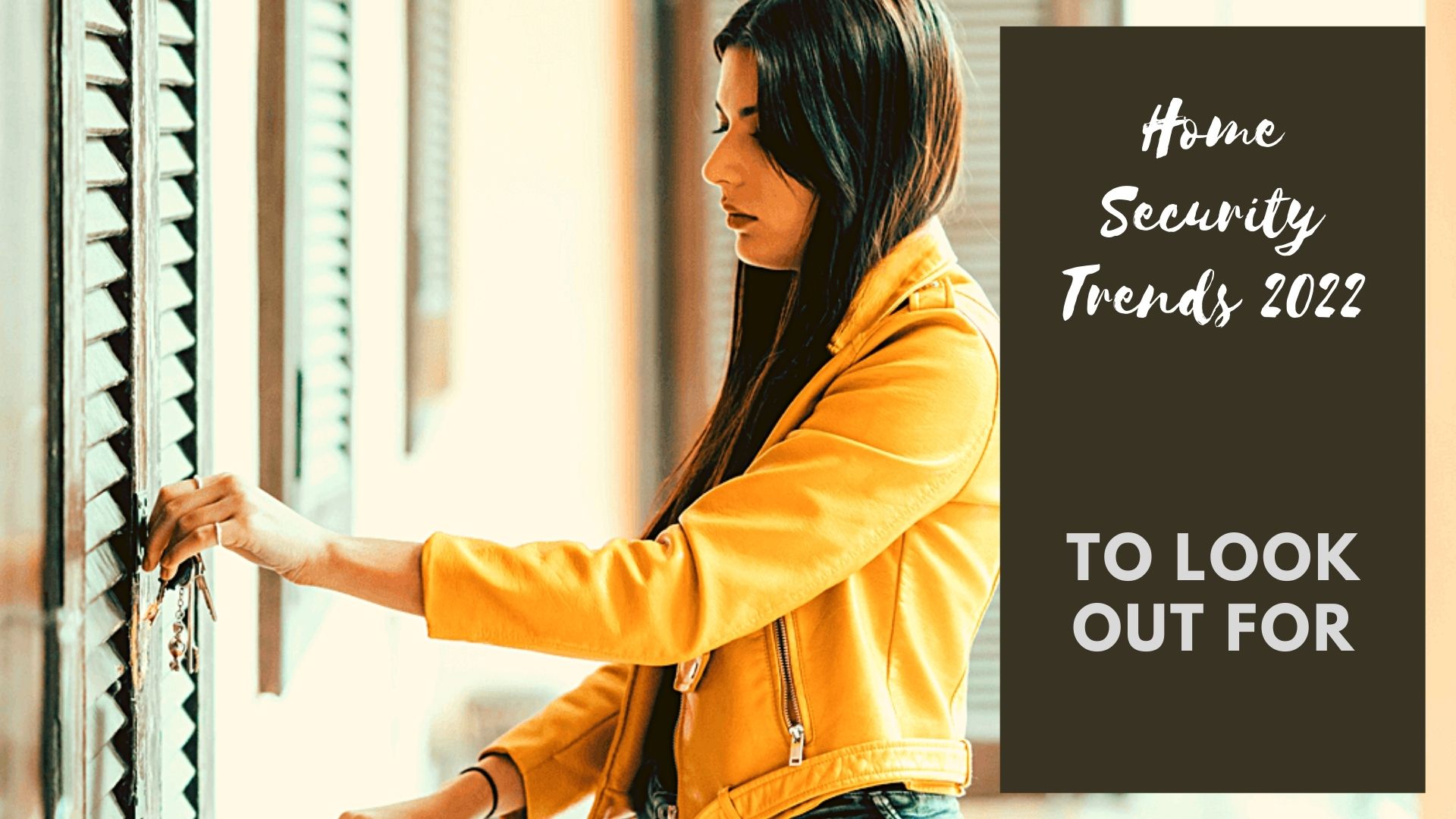

Home security trends are constantly changing. The next decade will bring new innovations and technologies that promise to make your home a safer place. While we can’t predict exactly what these innovations will be, we can look at the current landscape and make some educated guesses. Here are some of the top home security trends of 2022:
Video surveillance has been around for decades but is still one of the most effective ways to protect your home from intruders. However, with more people investing in home security, video surveillance systems have emerged as an entry-level investment. And for the majority of homeowners, CCTV cameras alone are sufficient. So, this year and in the coming decade, the demand for video surveillance systems is expected to surge higher.
Homeowners will also want smart locks that allow them to unlock doors remotely using an app on their phone so they can let visitors into their homes while they’re away from home or even just give them access to a specific room within their house.
Smart bulbs are another popular home security trend because they let you control the lights in your house remotely. You can turn on or off lights with your phone or voice-activated assistants like Alexa or Google Home. This will give you extra peace of mind knowing that even if you’re away from home, you can still control what’s happening inside your house.
Home automation tools have been around for quite some time now, but they have gained popularity in recent years. These tools help you keep track of your home’s activity while you are away or asleep so that any unusual activity can be detected immediately. Some examples include motion sensors and video surveillance systems which can detect any suspicious activity within your premises and notify you immediately via text or email alerts. This helps keep your family safe at all times by allowing them to keep an eye on things when they cannot be at home themselves (such as when traveling on business trips).
Voice control is becoming increasingly popular as a way of controlling your smart home devices, including your home security system. People are finding it easier and more convenient to ask their devices to perform actions rather than use physical controls. This trend will continue as voice technology becomes even more sophisticated and reliable.
Gesture controls are already being used for some of the latest smart TVs, but they are also starting to appear in home security systems too. These types of controls allow you to do things like arm or disarm your alarm system by waving your hand over sensors around your house. As gesture controls improve and become more reliable, we can expect them to be used more frequently in future smart home systems.
Security cameras are becoming more and more advanced. The latest technology can now send notifications directly to your phone, rather than just trigger an alert on the device itself. Many security companies are developing apps that let you see what’s happening in real-time, and even stream video footage straight to your smartphone. You can also use these apps to control the cameras remotely and set up motion alerts so that they notify you when something moves in front of them.
As more families choose to have children at home rather than sending them off to daycare or preschool, home security companies are increasingly offering products that cater to this growing population. The biggest change is the introduction of smart locks for kids’ rooms, which allow parents to create passcodes that only they know. Some companies are even adding features like GPS tracking if a child wanders off too far from home.
Video doorbells were one of the hottest trends in home security last year, with many companies releasing their own versions of these devices that let you see who’s outside before opening your door. Now companies are adding new features like facial recognition and motion detection so you can tell whether someone is at your door before answering it.
One of the biggest trends we have already seen is the move away from a one-time sale model toward subscription-based services. This is especially true of connected devices such as smart locks, cameras, and lighting systems, but it’s also true for some alarm systems. This model makes sense for both businesses and consumers because it’s easier to manage the ongoing costs and allows providers to continue improving their products over time without having to sell something completely new every year or two.
Artificial intelligence (AI) has already made its mark on the home security industry, but it’s going to become even more important over the next few years. AI helps analyze data from a variety of sources — like cameras, sensors, and even social media — to find patterns in crime rates or other threats. It can also predict when a crime is likely to occur based on previous data points. This information can be used by both consumers and businesses to help protect themselves against break-ins or other threats.
These trends are just some of the exciting new innovations in home security we can look forward to in the next decade. As society changes, so do our needs for security and protection; the industry must adapt or risk failing to conquer the lucrative market of home security. Security experts are always looking for ways to make your home safer; they are investing in new technologies and studying everyday life to predict where home insecurity may occur in the future.